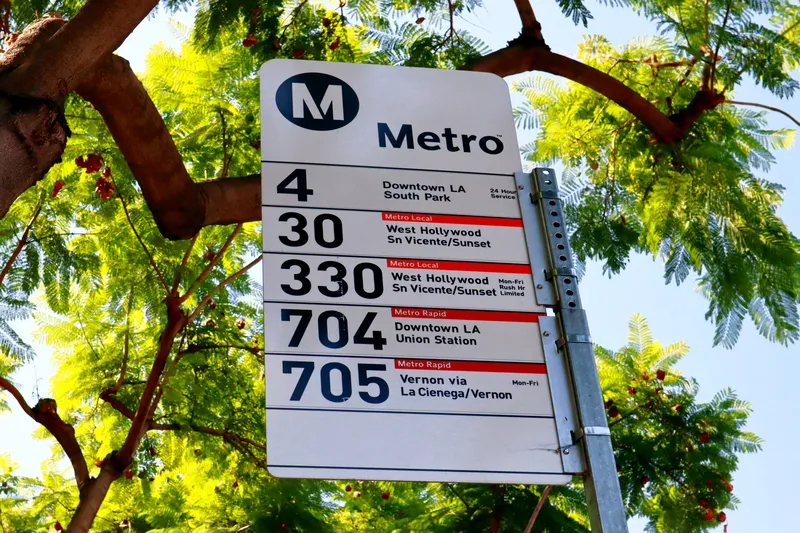Canadian lighting specialist Nyx Hemera Technologies is to provide its intelligent lighting control system for the four tunnels of the Presidio Parkway in San Francisco in California, US.
The company will install its tunnel lighting addressable control system (TLACS) in the four tunnels built to access the Golden Gate Bridge as a replacement for the former Doyle Drive or Route 101. All four tunnels will be equipped with the TLACS to dynamically control the luminance at the tunnel portal according to the
February 5, 2015
Read time: 2 mins
Canadian lighting specialist 7797 Nyx Hemera Technologies is to provide its intelligent lighting control system for the four tunnels of the Presidio Parkway in San Francisco in California, US.
The company will install its tunnel lighting addressable control system (TLACS) in the four tunnels built to access the Golden Gate Bridge as a replacement for the former Doyle Drive or Route 101. All four tunnels will be equipped with the TLACS to dynamically control the luminance at the tunnel portal according to the lighting levels outside as well as the luminaire degradation inside. The TLACS will control and monitor over 1900 luminaires, helping the operator, Transfield Services, save on energy and operational costs. The installation and commissioning will start shortly and will be completed before the end of 2015 for the four tunnels.
“We are delighted to have been awarded this contract that incorporates sustainability principles throughout the design, construction, operation and maintenance. Nyx Hemera Technologies’ TLACS boldly stood out against other systems when the contract was awarded, mainly for its substantial energy savings, easy maintenance and lighting equipment life time extension. This contract will allow us to strengthen our position in intelligent road tunnel lighting control,” explained Nyx Hymera Technologies president and chief executive officer, Pierre Longtin.
Joshua Coulter, Presidio Parkway manager at Transfield Services, said: “We are very pleased with our collaboration with Nyx Hemera Technologies. We have to operate the tunnels for 30 years. Energy consumption was a key issue in choosing a control system. The TLACS will help save on energy costs as well are other operational expenses—all while increasing security with accurate lighting and improve operational management.”
The company will install its tunnel lighting addressable control system (TLACS) in the four tunnels built to access the Golden Gate Bridge as a replacement for the former Doyle Drive or Route 101. All four tunnels will be equipped with the TLACS to dynamically control the luminance at the tunnel portal according to the lighting levels outside as well as the luminaire degradation inside. The TLACS will control and monitor over 1900 luminaires, helping the operator, Transfield Services, save on energy and operational costs. The installation and commissioning will start shortly and will be completed before the end of 2015 for the four tunnels.
“We are delighted to have been awarded this contract that incorporates sustainability principles throughout the design, construction, operation and maintenance. Nyx Hemera Technologies’ TLACS boldly stood out against other systems when the contract was awarded, mainly for its substantial energy savings, easy maintenance and lighting equipment life time extension. This contract will allow us to strengthen our position in intelligent road tunnel lighting control,” explained Nyx Hymera Technologies president and chief executive officer, Pierre Longtin.
Joshua Coulter, Presidio Parkway manager at Transfield Services, said: “We are very pleased with our collaboration with Nyx Hemera Technologies. We have to operate the tunnels for 30 years. Energy consumption was a key issue in choosing a control system. The TLACS will help save on energy costs as well are other operational expenses—all while increasing security with accurate lighting and improve operational management.”










